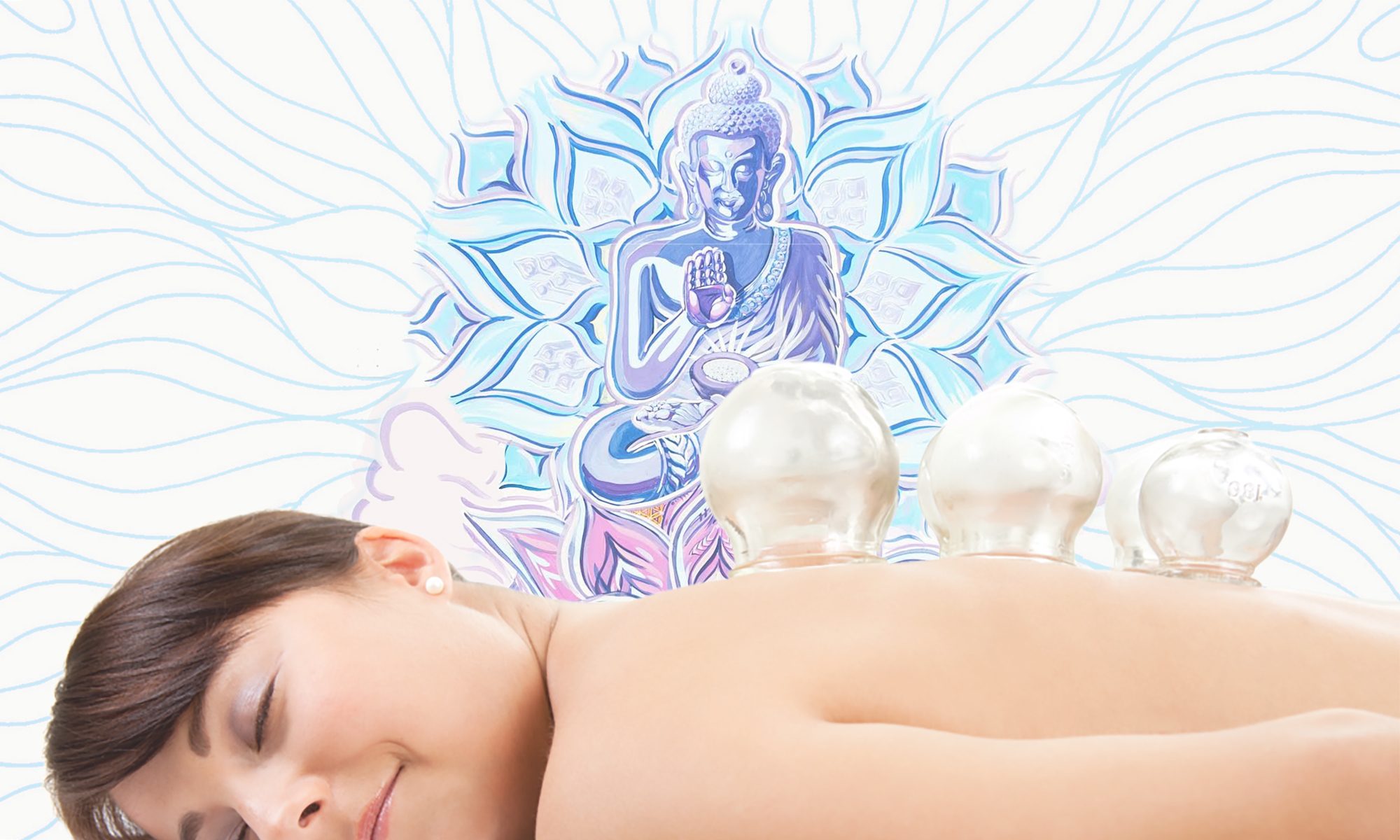
Moxibustion is a form of heat therapy in which dried leafy material of Chinese mugwort (Artemesia argyi or A.vlugaris), is burned on or near your body’s meridians and acupuncture points. The intention is to warm and invigorate the flow of Qi in the body and dispel certain pathogenic influences.
The process involves burning moxa, a cone or stick made of ground mugwort leaves,
Practitioners believe that the resulting heat helps stimulate these points and improves the flow of qi in your body. This increased qi circulation can help with a variety of health issues, from chronic pain to digestive troubles.
What exactly does the practitioner do?
The moxa material is compressed into a stick or pole, looking very similar to an oversized cigar that can be lit and allowed to smolder, producing a unique, very penetrating heat.
The smoldering moxa stick is held over specific areas, often, but not always, corresponding to specific acupuncture points. The glowing end of the moxa stick is held about an inch or two above the surface of the skin until the area reddens and becomes suffused with warmth, but moxibustion can be applied directly or indirectly.
In direct moxibustion, the moxa cone rests on your body at the treatment point. The practitioner lights the cone and lets it burn slowly until your skin begins to turn red. Once you begin to feel heat, the practitioner removes it.
U.S., practitioners generally practice indirect moxibustion. It’s also considered a safer option, since the burning moxa doesn’t actually touch your skin. Instead, the practitioner will hold it about an inch from your body and will remove it once your skin becomes warm and red.
What can I expect to feel?
It is not uncommon for patients receiving moxibustion to report a sudden flooding of warmth that radiates along a specific pathway (corresponding with the jing luo channel that is being treated) away from the site of application. This is a good sign, as it signals the arrival of the Qi and that the flow of Qi and xue has been freed in the channel.
When is moxibustion used?
Moxibustioncan be used as a treatment for a range of issues is used for:
- Pain due to injury or arthritis, joint or muscle cramps, chronic pain, and menstrual cramps
- Gastrointestinal issues, such as diarrhea, colitis, irritable bowel syndrome, and constipation, urinary incontinence
- Prevention against cold and flu strains
- Cancer-related nausea
- asthma symptoms, eczema and fatigue
Practitioners may do both acupuncture and moxibustion in the same clinic session if appropriate for the diagnosis and treatment strategy. Practitioners believe that the therapies increase and complement each other’s effectiveness when used together.
Though moxibustion should mostly be done by your practitioner, it is not uncommon for Chinese medical practitioners to train their patients to use moxa on themselves to strengthen the effect of the clinical sessions between appointments. One should not practice moxibustion at home without clear instructions or direction from your practitioner.
What does it smell like?
There is a small inconvenience associated with moxibustion: the smoke and odor. Although there are so-called smokeless varieties of moxa, the preferred true moxa (made from mugwort) does produce a lot of smoke when burned. Most TCM clinics are well equipped with a good ventilation and air purification system, so this is not a big problem.
However, the lingering odor produced from burning mugwort unfortunately smells somewhat like marijuana. Most TCM practitioners in the United States, place small signs around their office informing patients and visitors about the true nature of the odor that they may be noticing.
If you’re trying it at home, some people find the odor of moxa smoke to be very similar to cannabis smoke. If you live in place where cannabis use is illegal, you should exercise caution as this could potentially cause some problems with your neighbors or law enforcement.
Are there any risks?
Even if there isn’t much clear evidence behind it, moxibustion may still be worth a try if you’re exploring alternative treatments. As with handling hot or burning tools, it does come with a few risks.
The biggest risk comes from how easy it is to burn yourself in the process. It’s best to stick with indirect moxibustion, especially if you’re doing it on your own. This will allow for some space between the burning moxa and your skin.
In addition, there are some potential side effects of moxibustion, including:
- allergic reaction to moxa itself
- sore throat or coughing from moxa smoke
- nausea and vomiting
- fetal distress and premature birth
- dark patches of skin
- basal cell carcinoma
In very rare cases, death can result from the procedure.
